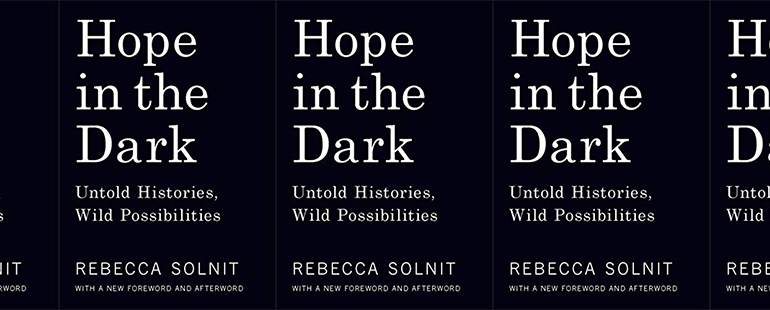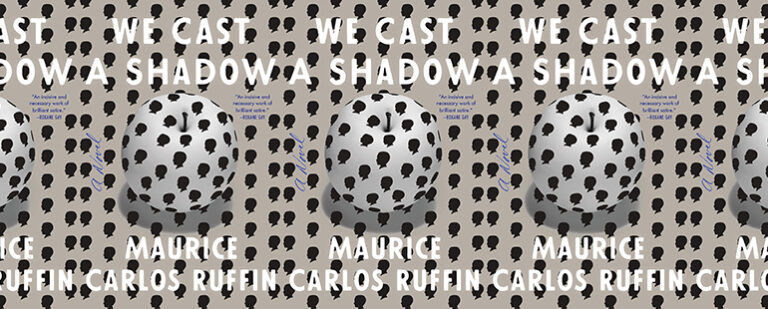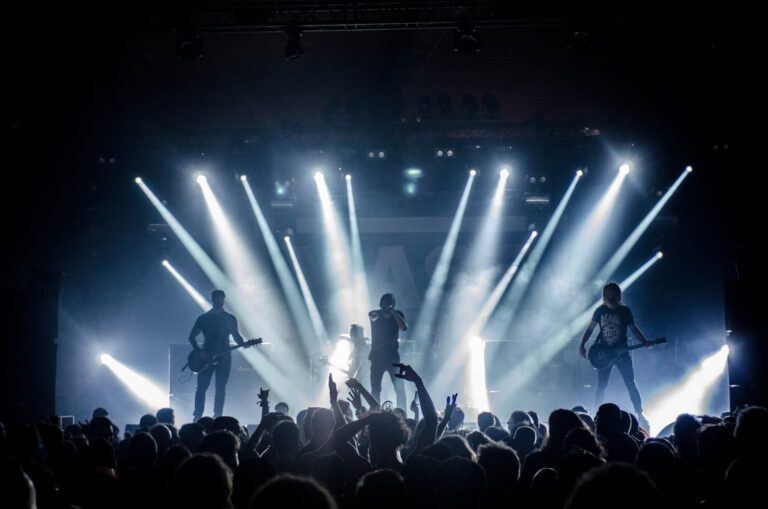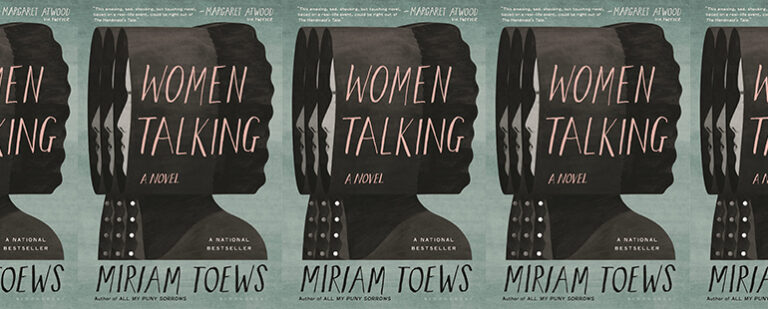Reading Rebecca Solnit’s Hope in the Dark

“‘Hope’ is the thing with feathers — / that perches in the soul — / and sings the tune without the words — / and never stops — at all —” wrote Emily Dickinson in what has become one of her most famous poems, I suppose because of its apparent celebration of the indefatigability of hope. I, however, regard the “thing with feathers” as a terrifying demon. Throughout most of my twenties, after my mother died, all I wanted was not to want anything at all, and I was furious that I could withhold all the crumbs in the world from that bird, and it would go on singing.
The personal crises of my twenties passed long ago, but I remain skeptical of hope. My problem with it is that hope inspires expectations for a future that doesn’t exist, potentially leading to magical thinking, or to disappointment and disillusionment, or to both. And yet, in the midst of a mismanaged pandemic that is on course to claim hundreds of thousands of American lives, cripple the economy, and possibly even destroy much of our educational system, here I am in my late forties, starting graduate school for a second career. Clearly, I am not without hope or something like it.
Hope in the Dark by Rebecca Solnit—originally published shortly after the United States began its second war in Iraq, revised after the reelection of George W. Bush in 2004, and updated with new material for a third edition in 2015—offers a view of hope that speaks directly to this time of crisis. Solnit argues in favor of hope as neither a feeling nor a wish, but as an essential element in a strategy for affecting change. What is crucial to Solnit’s understanding of hope is expressed in the prepositional phrase “in the dark,” which comes from an entry in Virginia Woolf’s journal, written toward the beginning of World War I: “The future is dark, which is on the whole, the best thing the future can be, I think.” Solnit explains:
Dark, she seems to say, as in inscrutable, not as in terrible. We often mistake the one for the other. Or we transform the future’s unknowability into something certain, the fulfillment of all our dread, the place beyond which there is no way forward. But again and again, far stranger things happen than the end of the world.
The darkness of the future may not mean that anything is possible, but it certainly means that no particular outcome is certain. This uncertainty is the grounds of hope; it also means that hope in itself is insufficient. Hope demands that we work to build a better future on those uncertain grounds.
Much of this work, Solnit explains, begins in the margins, offstage and away from the light shined by the “traditional versions of history, the conventional sources of news” onstage, where those with official power act. Away from the limelight, in the dark, change happens first in the imagination—not on its own, but through the efforts of many different people. As an example, Solnit points to the transformation of general attitudes toward homosexuality, which in less than forty years went “from being classified as a crime and a mental disorder to being widely accepted as part of the variety of ordinary, everyday life.” This change in attitudes “was made, by activists, but also by artists, writers, comedians, and filmmakers who asserted other versions of sexuality, other kinds of family, by all those parade organizers and marchers, by millions of ordinary individuals living openly as gay or lesbian, out to their families and communities, by people leaving behind their fears and animosities.” The onstage event—the 2003 Supreme Court decision in Lawrence v. Texas, which ended the criminalization of homosexual activity between consenting adults—was hardly the beginning of change, but rather the official endorsement of a change that had already happened.
The fact that such changes begin on the margins and often develop gradually can lead to a cultural amnesia, argues Solnit. A once-radical idea, if realized, can “come to look like it always was a good idea, and the first person to have espoused it will be forgotten, since they were kooks, extremists, and impractical dreamers.” This amnesia can make people unaware of how change actually happens. Even activists themselves are often unaware of their own power. Solnit cites the example of a woman involved in Women Strike for Peace (WSP), an organization whose work contributed to the 1963 Limited Test Ban Treaty:
The woman from WSP told of how foolish and futile she felt standing in the rain one morning protesting at the Kennedy White House. Years later she heard Dr. Benjamin Spock—who had become one of the most high-profile activists on the issue—say that the turning point for him was spotting a small group of women standing in the rain, protesting at the White House. If they were so passionately committed, he thought, he should give the issue more consideration himself.
Hope is grounded, therefore, in an understanding of the past as much as in uncertainty about the future. History includes “examples of positive change, of popular power, evidence that we can do it and have done it.” History also shows that the status quo is not “immutable, inevitable, and invulnerable,” but rather constantly in flux.
Because the world is in flux, no victory is ever final. The text of Hope in the Dark is itself evidence of this reality: in the book, for example, Brazil—now led by President Jair Bolsonaro, who has accelerated the deforestation of the nation while denying the reality of Covid-19—is described as a “beautiful maverick” representing “South America’s long climb out of tyranny,” and Aung San Suu Kyi—who at the International Court of Justice in The Hague in December 2019 defended the atrocities committed against the Rohingya—is cited as the “Burmese democracy movement’s leader,” as she was widely considered then. Reading the book, I kept wishing for an endlessly branching wiki version of the text, which collaborators could keep updating with each new reversal or development; after all, even these negative reversals in Brazil and Burma aren’t the end of the story.
The story isn’t going to change for the better on its own, of course; if “happily ever after” isn’t actually possible, then the work can never be done. Solnit celebrates the open-ended nature of change, citing the Native American deity Coyote: “The question, then, is not so much how to create the world as how to keep alive that moment of creation, how to realize that Coyote world in which creation never ends and people participate in the power of being creators, a world whose hopefulness lies in its unfinishedness, its openness to improvisation and participation.” Even now, in the midst of widespread suffering, the moment of creation is alive, as the years of work put in by the Movement for Black Lives and other organizations, collectives, and activists are resulting in changed minds, defunded police departments, and a remade public landscape, as Solnit points out in a recent essay continuing the themes of Hope in the Dark.
Can this energy be maintained, no matter what happens in the coming months? I found the most stomach-churning parts of Solnit’s book to be its account of the reelection of President Bush; knowing the possibilities we now face, I don’t want to remember that awful time. Like many people, I suppose, I am inclined toward amnesia. The only remedy I see is to keep learning and working. As it happens, some of that learning and work are, for me, now in pursuit of a degree in library studies. As to exactly where this work will lead me, I’m in the dark, but my plan is to do my part in maintaining our cultural memory, thus cultivating the grounds of hope.


